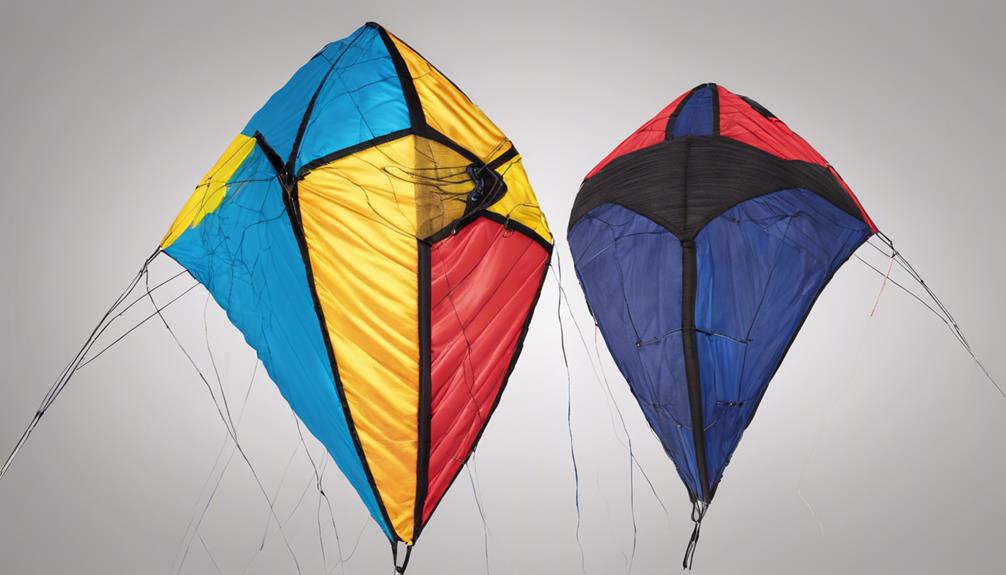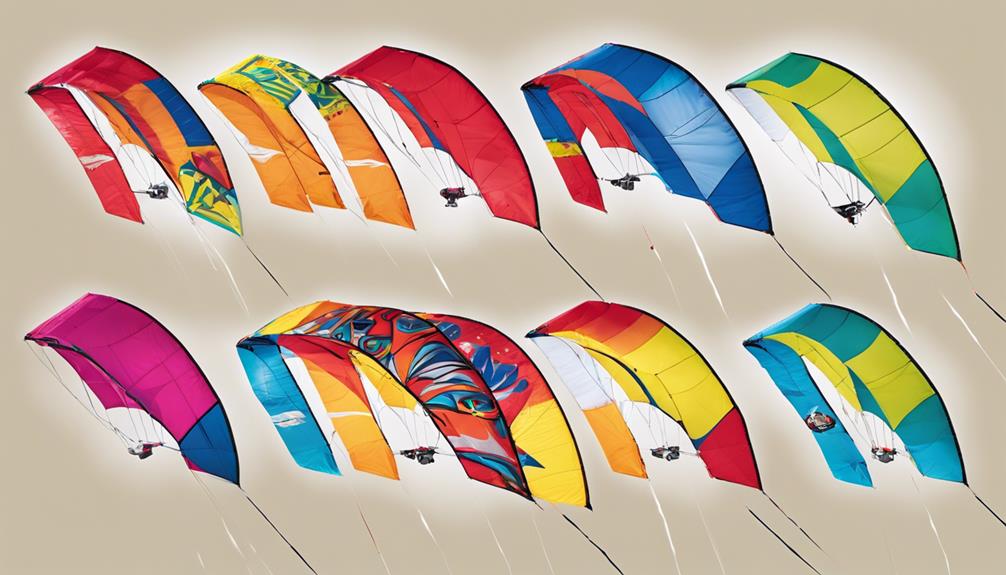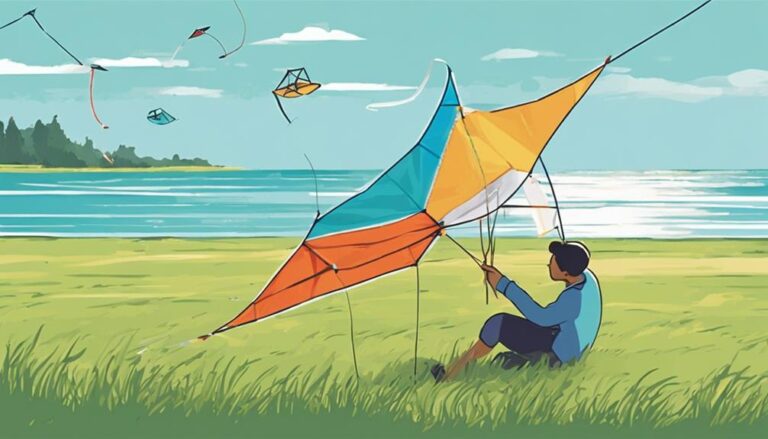While the sky’s the limit when it comes to flying kites, selecting the perfect power kite as a beginner can feel like navigating a maze.
You’re about to embark on a journey that marries the thrill of flight with the precision of technique. Understanding the nuances between single-line and quad-line kites, and how wind conditions and personal preferences play into your choice, is crucial.
Yet, the true art lies in finding a kite that’s not only beginner-friendly but also grows with you. Let’s explore how to make a choice that elevates your experience, keeping in mind the importance of safety and the joy of learning.
Contents
Understanding Power Kites

To harness the full potential of power kites, it’s essential to grasp their larger size and capacity for generating significant pulling power, ensuring you’re equipped for thrilling activities like kiteboarding and landboarding.
As a beginner, starting with smaller kites is wise, progressively moving to larger sizes as your skill in handling these powerful instruments improves. Proper handling is key to safety and enjoyment, requiring a deep understanding of wind conditions to optimize performance.
Whether you’re slicing through the water on a kiteboard or carving up the land on a board, mastering the dynamics of your power kite opens up a world of exhilarating experiences. Remember, the journey begins with learning how to control these magnificent kites safely and effectively.
When selecting a power kite, it’s crucial to consider both its size and shape, as these factors significantly impact its performance and suitability for your skill level and intended use.
Kite size is paramount in power kite flying; larger kites in larger sizes generate more power, ideal for different wind conditions but require more skill. Conversely, a smaller kite offers better control and is suitable for beginners.
The shape, from deltas to parafoils, affects how a kite flies. High aspect ratios mean faster kites that generate more power, while lower ratios ensure stability and ease of handling.
To choose the correct kite, understand that depowerable kites with adjustable angles of attack allow for more precise control over power output, making them versatile for learners and experts alike.
Material and Build Quality

After considering size and shape, it’s also essential to examine the material and build quality of a power kite, as these factors greatly influence its durability and overall performance.
Power kites are typically crafted from durable ripstop nylon, known for its strength and longevity. This fabric, combined with reinforced stitching, ensures your kite can withstand the high wind forces it will encounter. Furthermore, the frame structures, often made from lightweight yet sturdy materials like carbon fiber or fiberglass, contribute to the kite’s robustness and ease of control.
High-quality power kites prioritize these materials and construction techniques to offer smooth flying experiences and enhanced control, particularly beneficial for beginners. Remember, the build quality directly affects the kite’s performance and your enjoyment of the sport.
Selecting the Right Brand

Choosing the right brand for your power kite, such as Ozone, HQ Kites, or Prism, significantly impacts your flying experience, especially if you’re a beginner. Brands like Peter Lynn Kites and Flexifoil are celebrated for crafting durable power kites that promise reliable performance, making them excellent choices for novice flyers.
HQ Power kites, renowned for their focus on safety and ease of use, offer models like the Beamer, Scout, and Ignition series, acclaimed for their stability and control. These aspects are paramount for beginners striving for a seamless introduction to power kite flying.
Furthermore, brands such as Peter Lynn and HQ Powerkites go the extra mile by providing comprehensive beginner packages, ensuring you have everything needed for a promising start. Opting for these brands means choosing quality, safety, and performance, ensuring your kite flying journey is as enjoyable as it’s memorable.
Maintenance and Care Tips
Having selected the ideal brand for your power kite, it’s crucial to focus on maintaining its condition to ensure peak performance and longevity. Regularly inspect your kite lines for wear and tear, as compromised lines can severely impact your control and the kite’s response to wind changes.
Always store your kite in a cool, dry place, shielded from direct sunlight, to prevent fabric degradation and preserve its size and structure, whether smaller or larger. After each session, especially in diverse wind ranges, clean it with mild soap and water to remove any debris that might affect its line power and overall performance.
Before taking to the skies, check the bridle lines and attachment points, ensuring they’re free from damage. Proper maintenance and care are paramount to enjoying the full potential of your power kites.
Conclusion
Now that you’ve got a grasp on power kites, remember, that it’s all about matching size and shape to your needs and the wind’s whims.
Opt for durable materials and trusted brands to avoid mid-air mishaps. Don’t skimp on regular maintenance; a well-cared-for kite ensures endless fun.
As you embark on this thrilling journey, remember, that patience and practice are your best allies. Choose wisely, fly safely, and prepare to be captivated by the power and grace of kite flying.






